Teenage Engineering has been teasing the OB-4 – sparking speculation that they might have a new instrument. Instead, we get a radio/boom box. But in typical Teenage fashion, it’s not quite what you’d expect.
Teenage Engineering, the Stockholm design house that birthed the OP-1, OP-Z, and Pocket Operators, has been in parallel growing into a boutique consumer brand. So they’ve been making three categories of stuff – synths, wacky designs, and wireless audio.
The OB-4 is really in the “we make speakers” category. But this company has toyed with everything from cameras to hackable stuff for IKEA to desk lamps and a brief experiment in bicycles. (That last one didn’t pan out, I think, but it was a thing – I didn’t dream it.) They have a tendency of squeezing unexpected features, hidden hacks, and other toys into their products. So after some speakers that were, well, speakers … the OB-4 is, Transformers-style, more than meets the eye.
And you will notice some details that seem related to the company’s synth creations – and in turn, might make some other appearance in a future instrument.
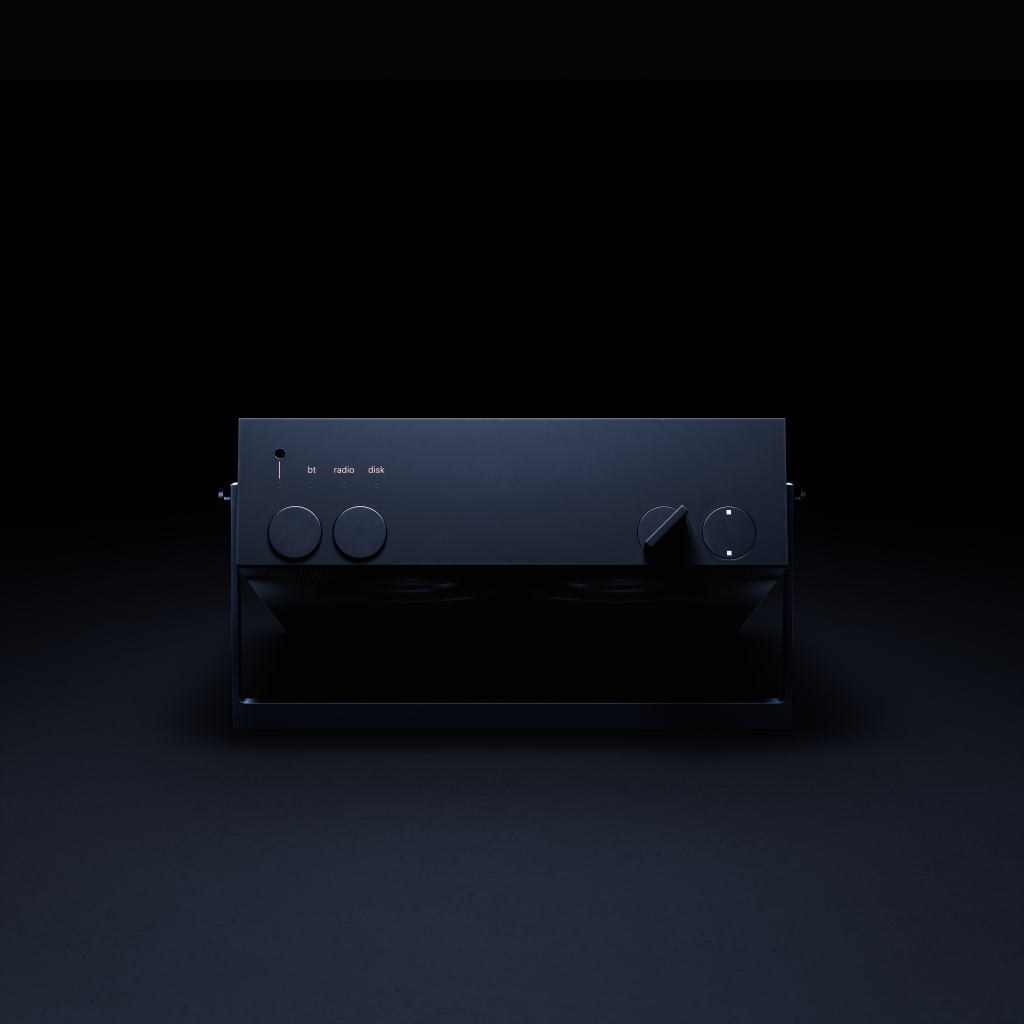
Radio
The OB-4 is a radio/speaker. Teenage Engineering, like all industrial design nerds, have an obvious fetish for Dieter Rams and Braun, and this design clearly borrows from iconic Braun portable radios like the 1961 model T52 transistor radio. (It reminds me of a Radio Shack model my Dad owned, but then Radio Shack was also taking cues from Braun.)
The minimal labels and controls, the geometry, the stand-out physical knobs, everything pretty much screams Braun for the 21st Century.
Of course, what is a radio in 2020? In 1961, when the transistor radio component was basically the only thing that was portable, the function of radio and portable speaker were one and the same on something like a T52. Even by the 80s, radio and “portable speaker” had blurred – hence the phrase “boom box,” which also included multiple sound sources in addition to radio (tape, later CD, and if you had a fancy model, some sort of line input).
The OB-4 therefore includes:
- FM radio receiver for terrestrial radio (it’s integrated with the handle, to one-up Dieter slightly for minimalism)
- Bluetooth for use as a wireless speaker (Bluetooth 5 LE plus “classic” AAC)
- Stereo line input for … anything else
I’m a little sad there isn’t some kind of world radio or AM built in, given how nerdy the Teenagers are, but … we get some other surprises instead.
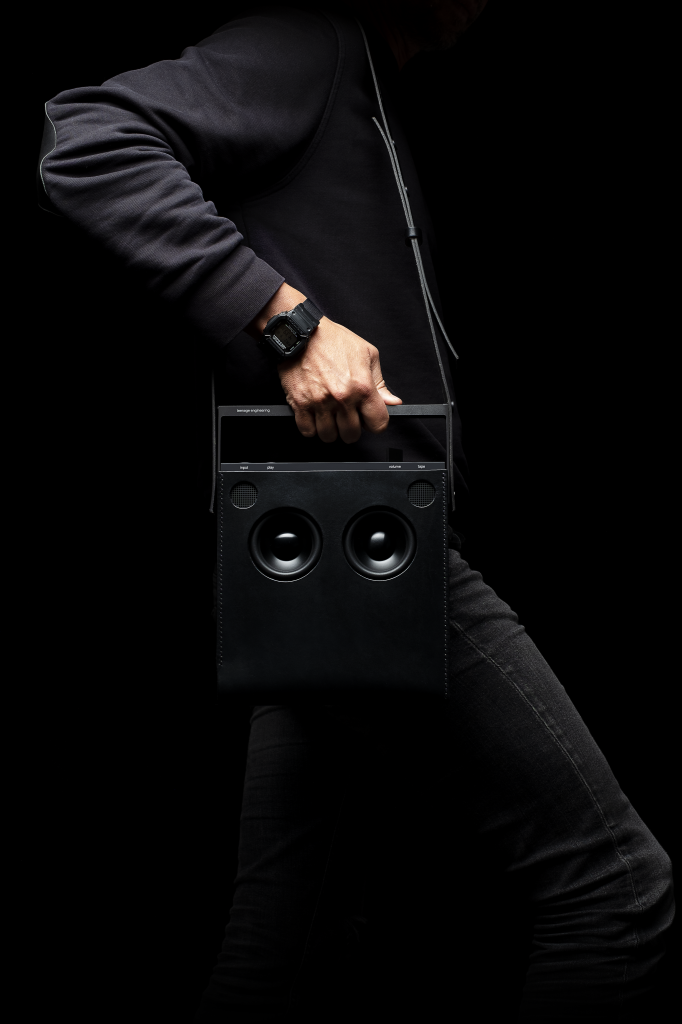
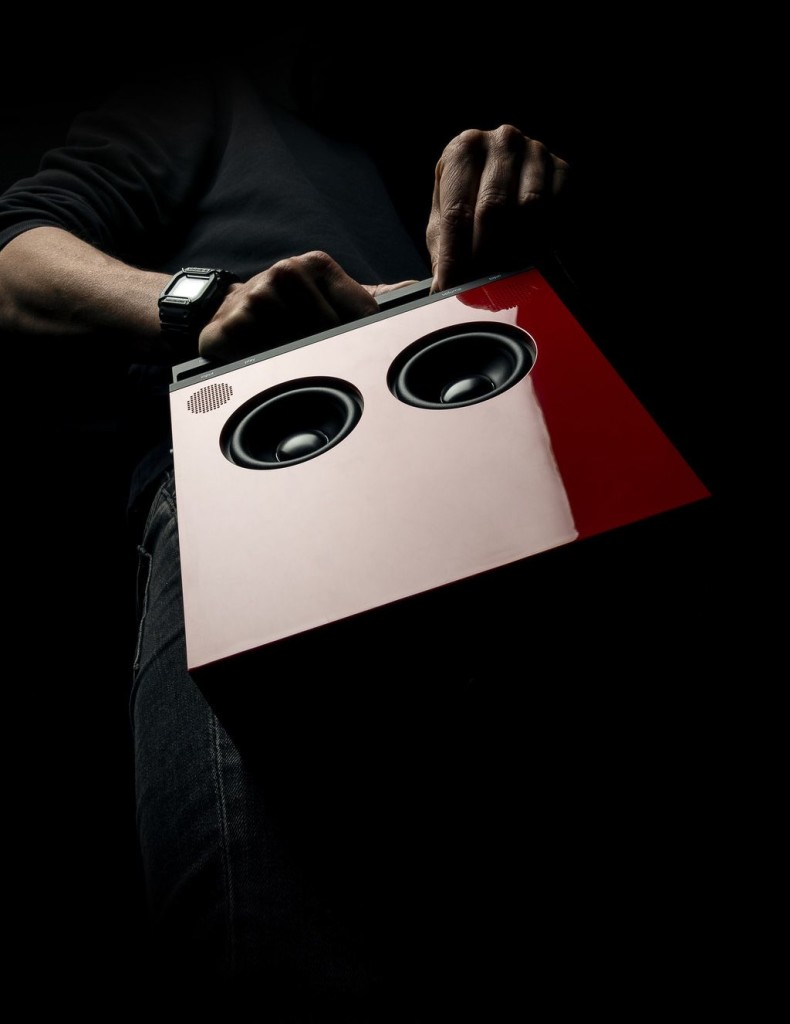
Recorder
The OB-4 has an always-on record mode. Here’s where the OB-4 seems more like the sibling of the OP-Z / OP-1 synths. There’s an always-on virtual tape reel, which is constantly grabbing sound from the radio.
The idea here is – when you hear a song ID on the radio, or something else you missed, you just grab the control and rewind, like tape, kinetically, to go back in time. (They describe it as “endless” – it seems there is a two-hour record time.)
And I do mean kinetically:
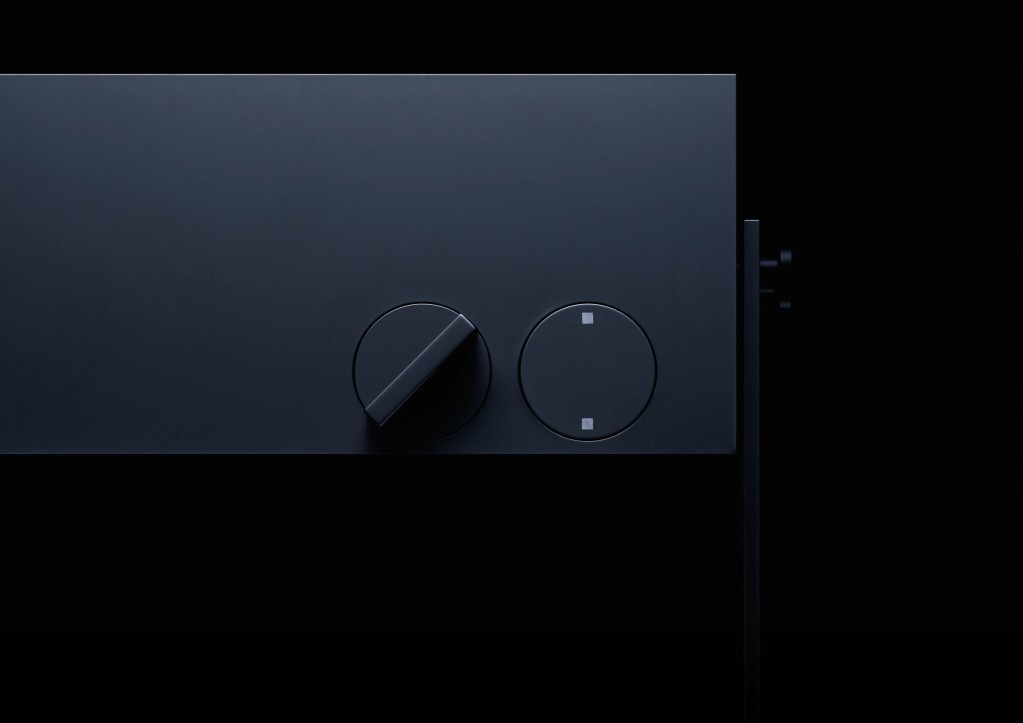
There’s a motorized user interface. Never ones to spare an expense or make engineering easy, the Teenagers have added a “brushless motor” so that knob is actually spinning and gives you tactile feedback when you adjust it.
Instrument?
Believe it or not, that isn’t the strange part of the OB-4. They’ve also built what they call “Disk Mode” into it, turning the OB-4 radio into a kind of instrument. It’s a bit like the apps we once expected to be the generative soundtrack of the iPhone, before people switched to using phones to take photos and then from that to yelling at each other on social media.
At launch:
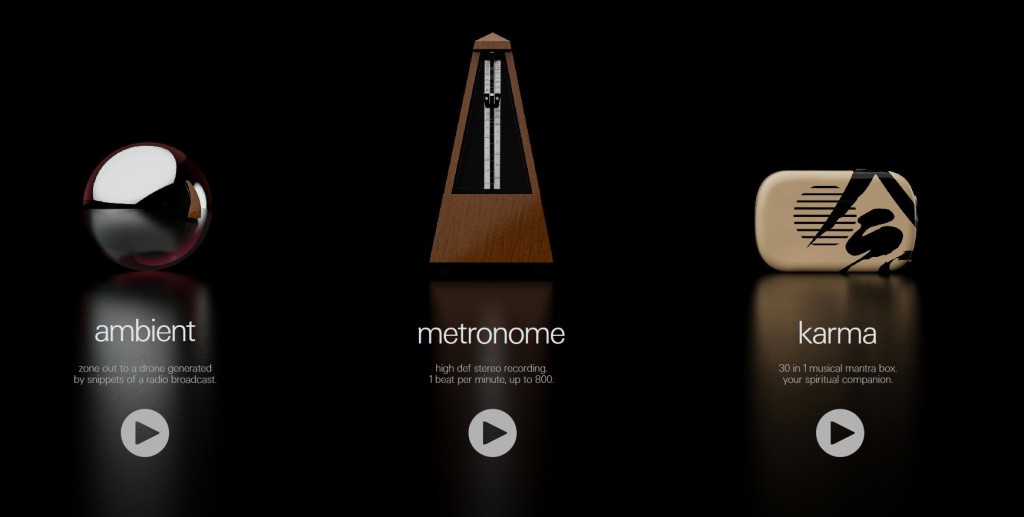
There’s a metronome, with some stereo samples of a nice mechanical metronome.
There’s a “karma” mode – think Buddha Machine, with a 30-in-1 mantra box as “your spiritual companion.”
And there’s an ambient mode, which evidently is a generative drone composer that samples from the radio.
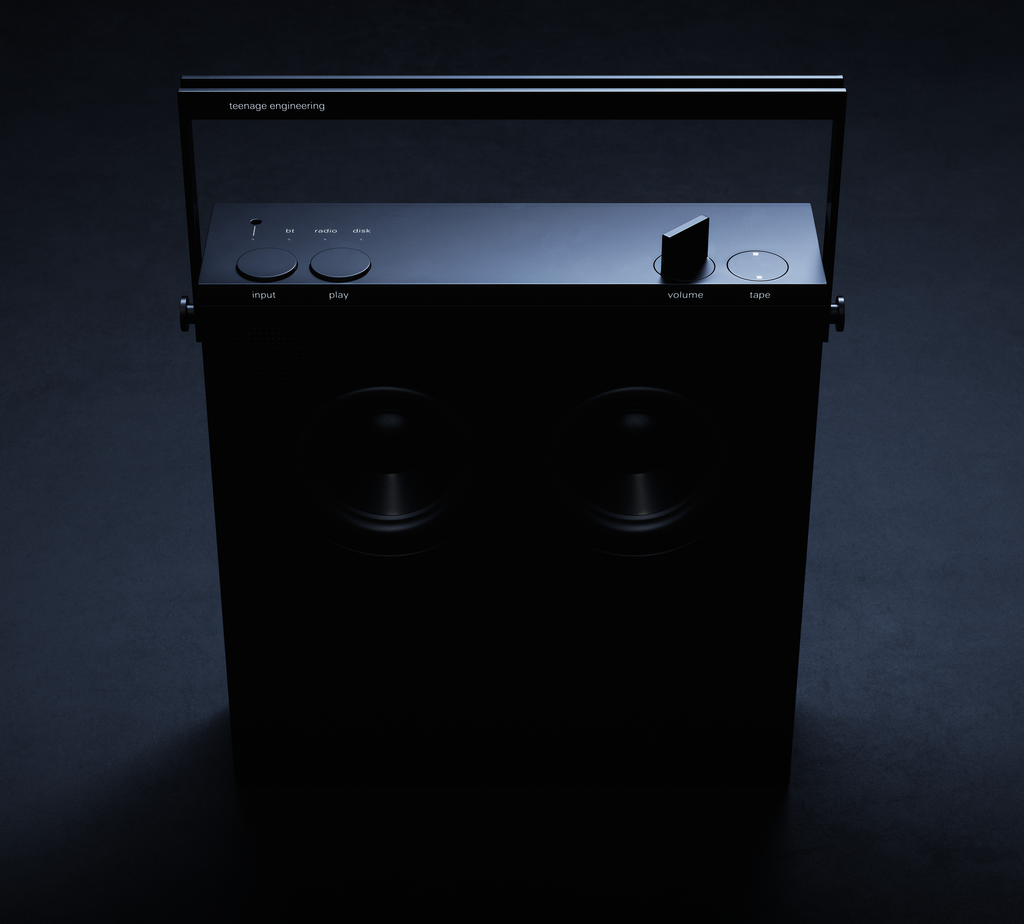
The “karma” concept borrows heavily on the devices launched by FM3 aka Christiaan Virant and Zhang Jian, the Beijing duo, which in turn was inspired by mobile electronics from southeast Asia that produced push-button chants and mantras. There’s something a little painful about seeing that inexpensive device turn into a luxury item. But on the other hand, it at least imbues the OB-4 with the chance to actually use its internal electronics and computation creatively.
In fact, since there are other good mobile speakers out there, I’m really curious to see if the Teenagers are able to follow up on the OB as a platform and make use of the Drive Mode – or, better yet, open it up to developers and musicians. (Even FM3 ultimately did that with their Buddha Machine, which gave it life beyond a one-off novelty.)
The idea of sampling radio as an instrument has a lineage, too, and that also points to greater potential for this device.
Specifically, Joshua Fried has for many years built an entire performance around sampling radio, in RADIO WONDERLAND – which somehow, even in the age of digital radio, magically lives on:
Eat your heart out, OB-4 – Joshua has an entire tractor wheel attached to his rig.
All in all, maybe as odd as the OB-4 seems at first, what’s really odd is how plain most of our listening electronics are. It’s not that the OB-4 is an outlier, it’s that we have all this computational power that goes largely unused in an uncreative consumer electronics landscape.
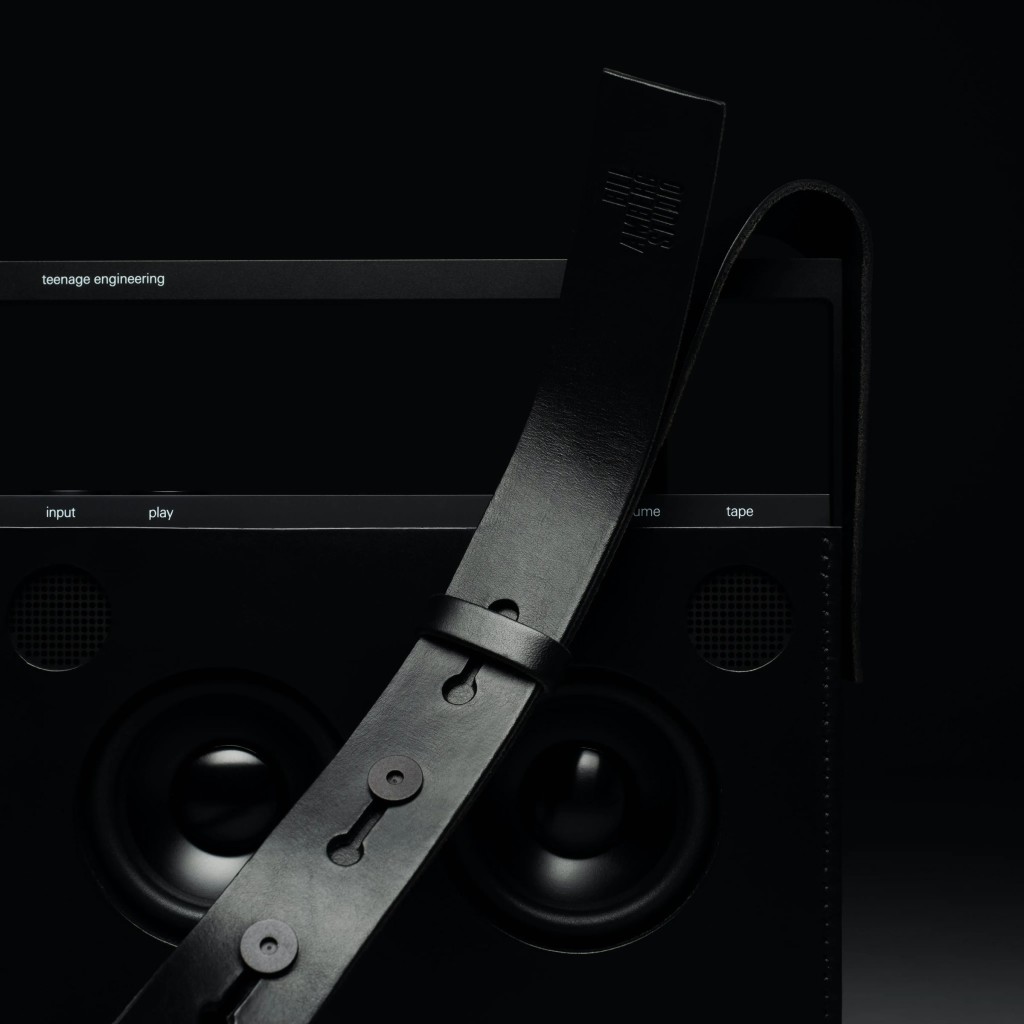
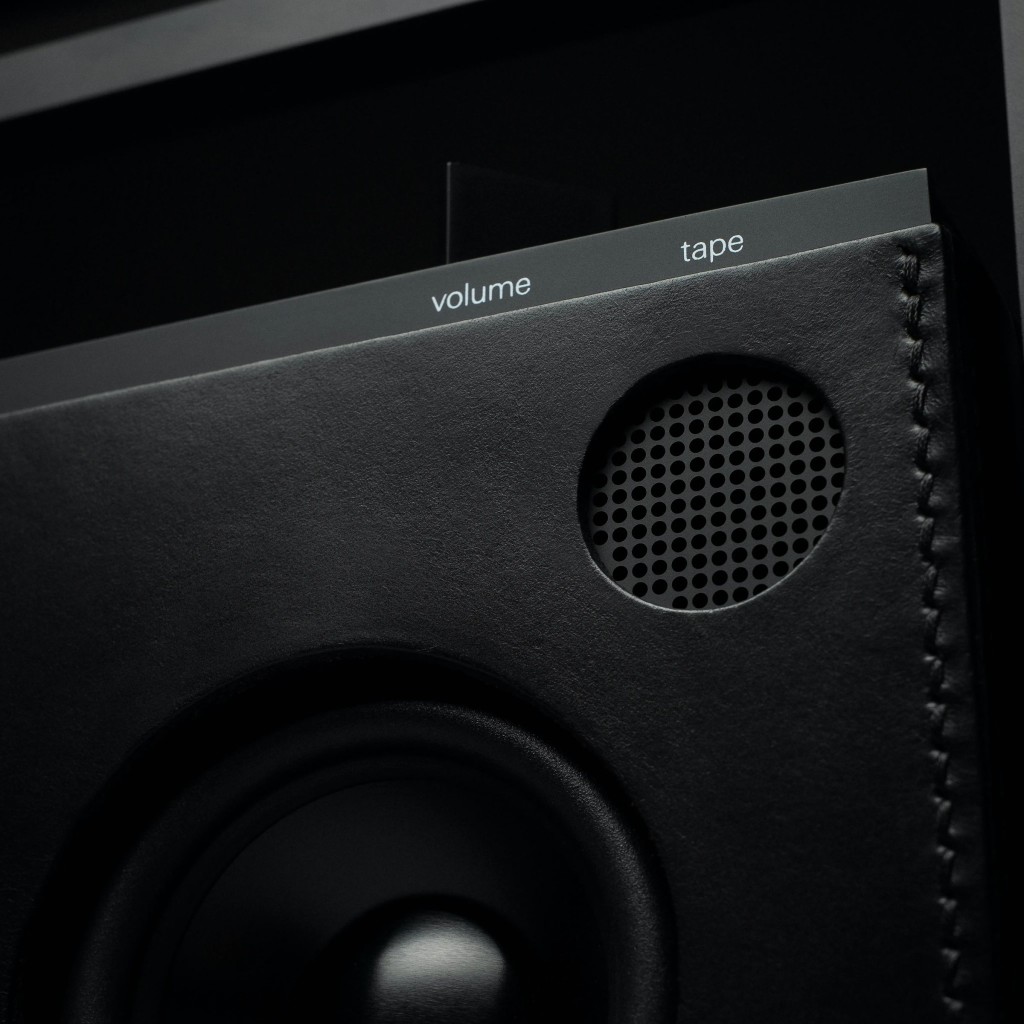
You’ll want to check the specs on the OB-4, though, as it’s no impulse buy – 599EUR for the matte black edition, 649 in gloss red, 400EUR for a limited edition leather bag (with Bill Amberg Studios), and 99EUR for a remote control (seriously). I am sure we’ll marvel at this and save our money for a synth. But it is fun to look at.
https://teenage.engineering/products/ob-4
Now here’s a reference I expect the Swedes don’t have. You’re welcome. (Tennessee’s Roy Acuff was known as the “King of Country Music,” but I know this number as the opening from a not-especially-Christian-oriented radio show growing up in Louisville. No idea what it was, but a lot of people read this site to the end so … uh … maybe you know … anyway, I’m going to Hell, but this is a great song about radio.)
Specs:
232.5 x 284 x 57.5 mm
52 – 25000 Hz
1.7 Kg of “Amorphous Polymer Glass fibre Reinforced PC and Milled Aluminium”
Fine Pitch Tweeter Grille, Gel Dampened Handle, custom Direct Drive Volume Knob and tape dial.
72 hours battery life (wow, remember FM radios?) or high-volume Bluetooth for 8 hours